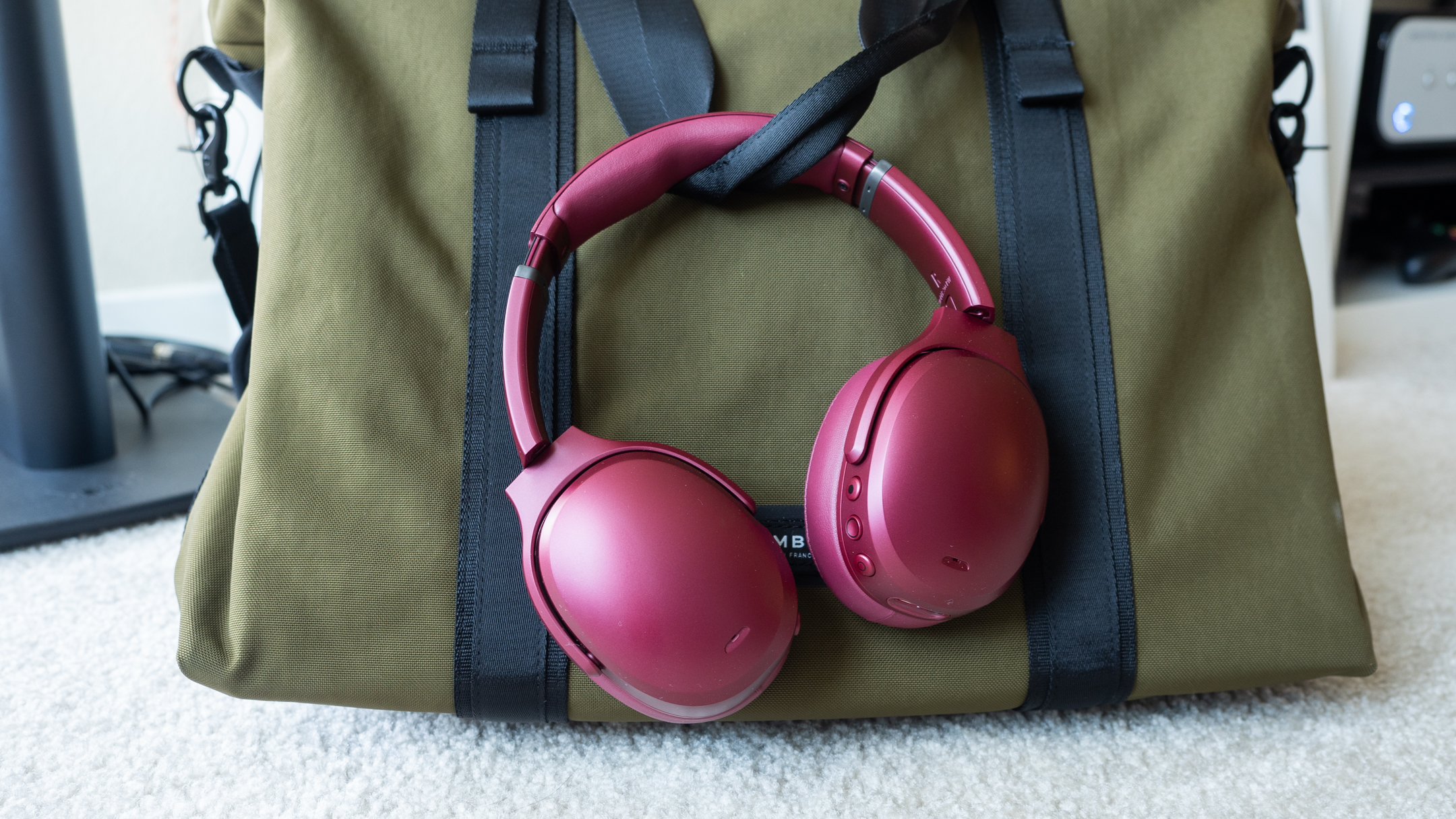TechRadar Verdict
The Skullcandy’s flagship Crusher ANC headphones bring the bass but at the cost of battery life and materials. The Crusher ANC’s plastic build helps with comfort over long listening sessions, but it feels like a downgrade compared to the previous Crusher 360 that was made of metal and offered longer battery life. If battery life and design materials aren't your biggest concern, however, these bass-heavy headphones will literally rattle your skull and keep outside noise at bay with ANC.
Pros
- +
Incredibly impactful bass
- +
App tailors sound to your hearing
- +
Big, easy-to-use buttons
Cons
- -
Mediocre and noisy ANC
- -
Bass is muddy at higher volumes
- -
Plastic build feels like a downgrade
Why you can trust TechRadar
Skullcandy’s claim to fame has always been bass response and that’s never been more true than with the Crusher ANC, which replaces last year’s Crusher 360 headphone.
The latest iteration keeps the Sensory Bass slider and large, easy-to-use buttons but adds active noise cancelling (ANC) to the company’s flagship over-ear headphone. It's just too bad it makes some compromises along the way: Compared to the previous generation Crusher 360 that had a metal construction, Skullcandy has gone with a mostly plastic build for the Crusher ANC. Plus the addition of ANC also means there’s a hit to the battery life - up to 24 hours instead of 30 of the Crusher 360.
Overall, $320 (£250, about AU$460) is a lot to spend on a pair of headphones that don’t stand out in any way beyond super-powerful bass. So unless you really love bass and want to feel ever EDM drop, your money is spent better elsewhere.
Design
The Skullcandy Crusher ANC are handsome, understated headphones, especially if you get the black colorway. Our Deep Red colored review unit drew a bit more attention for its unique color but overall, the design is restrained.
While the headphone is now made mostly of plastic, it feels well put together and doesn’t creak and groan when flexed like more affordable Skullcandy headphones. There’s still metal being used in the headband, which makes them feel study and the adjustment silky. The headphones are also clad with faux leather which is comfortable but the earpads steam up the ears a bit during extended use.
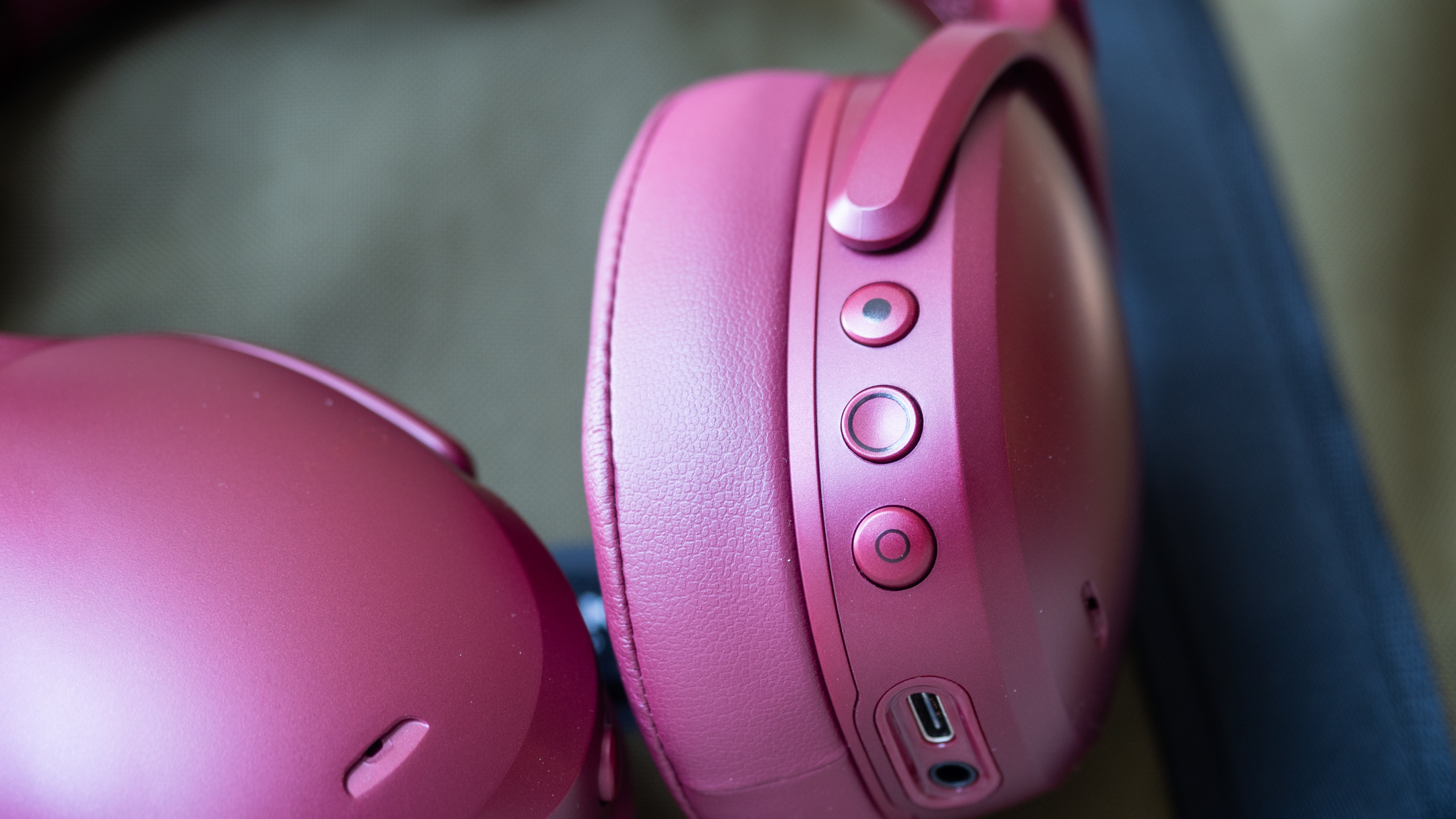
The controls of the Crusher ANC are a pleasure to use with big buttons and sliders. The Sensory Bass slider takes up nearly the entire length of the left earcup, which makes dialing in your desired level of bass impact very easy. The right earcup houses the music playback and volume controls as well as the USB-C charging port and 3.5mm jack. Skullcandy includes a nice wired cable with a mic and remote if you want to use the Crusher ANC when the juice runs out.
One unique design feature is the integrated Tile tracker, which is handy if you often misplace your headphones.
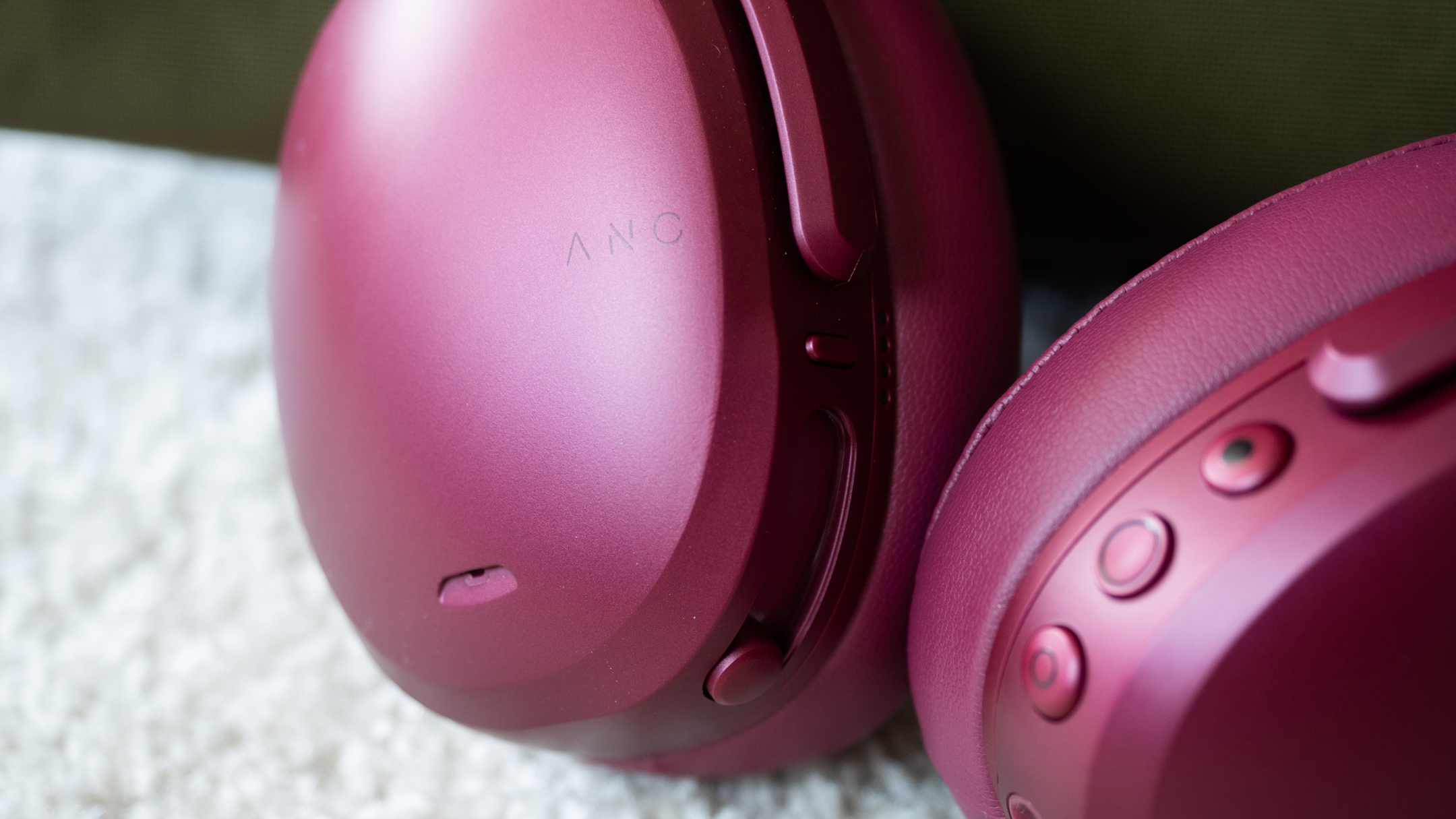
Performance
The Crusher ANC has a dual personality. When sensory bass turned all the way down, they’re just a normal pair of headphones that sound fairly balanced. But turn up the Sensory Bass slider and get ready to literally feel the bass.
With the Sensory bass turned to 100%, the listening experience is unbearable and headache-inducing. However, at 25%, the Sensory Bass was a nice addition on a noisy subway and offered a unique bass slam that no other headphone offers.
In order to tailor sound to your ears, Skullcandy also offers a companion app that gives listeners a hearing test to build a unique equalizer curve. The test takes only a couple of minutes and it really works to build a more balanced sound signature. With the Sensory Bass slider turned all the way down, the Skullcandy Crusher ANC actually sound balanced with a warm mid-bass bloom. Our personalized EQ actually dialed down the headphone’s bass slightly compared to turning the EQ off.
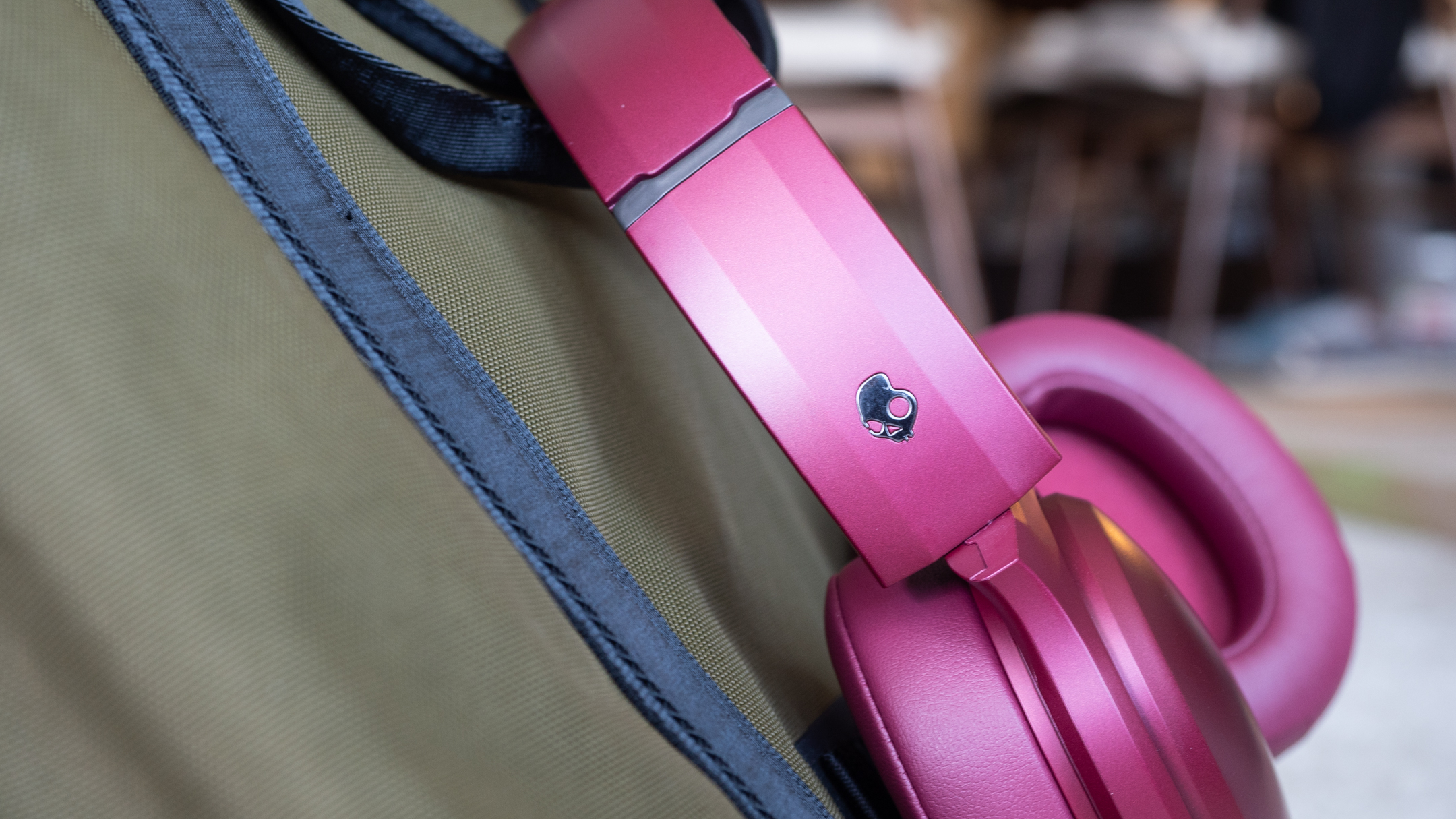
Active noise cancellation for the Crusher ANC is only mediocre. Like the Skullcandy Venue, the ANC has a very distracting hiss when no music is playing and the headphones struggle to block out external noise as effectively as class leaders like the Sony WH-1000XM3 and Bose Noise Cancelling Headphones 700 (and the older QC35 II for that matter). The ANC also struggles with wind, amplifying wind noises when outside.
Battery life is rated for up to 24 hours but we saw closer to 20 with Sensory Bass set to 25% and ANC on. That’s not bad but it’s average in the $300 headphone segment. (For reference the class-leading Sony WH-1000XM3 gets 30 hours.)
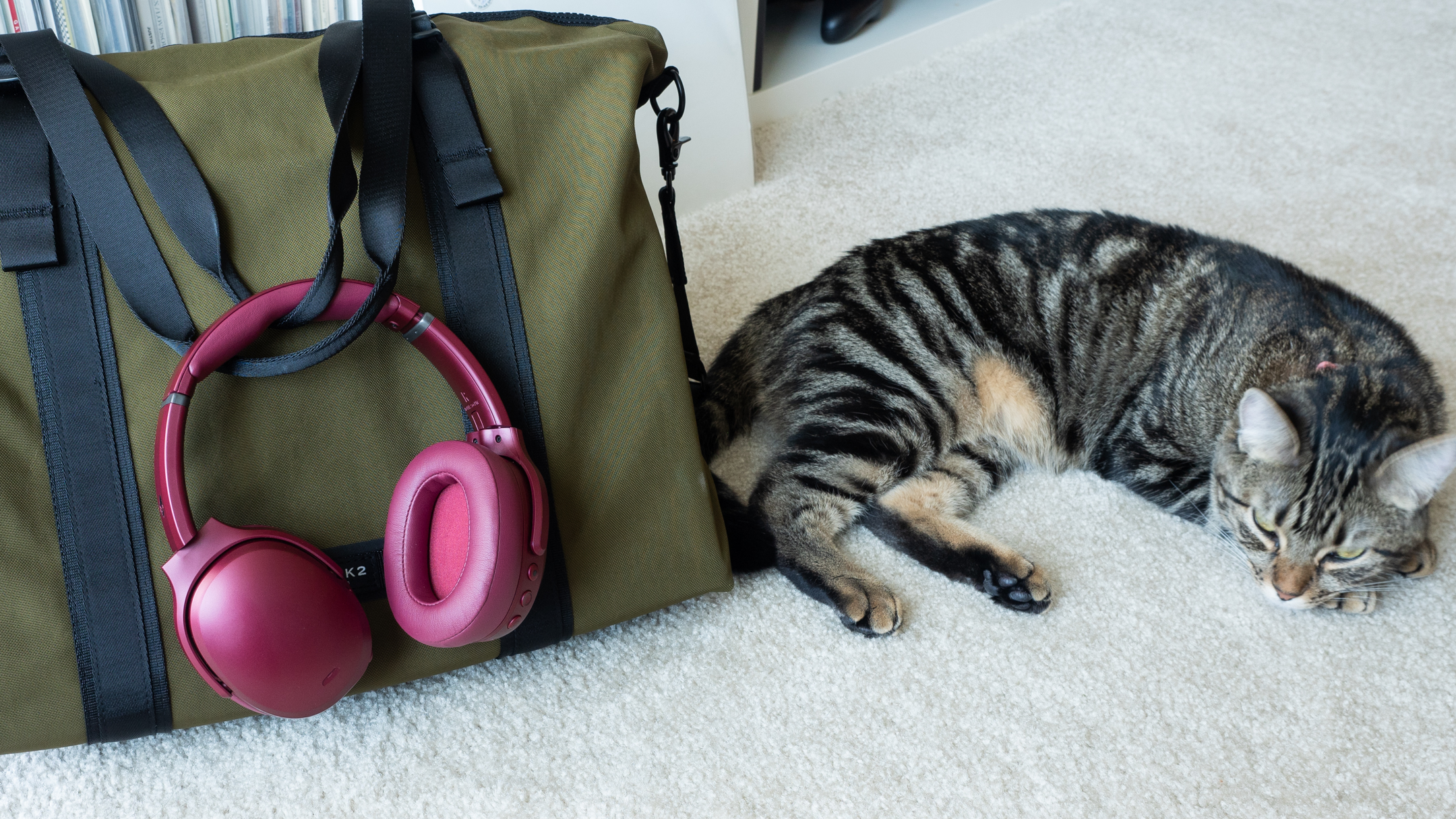
Final verdict
$320 (£250, about AU$460) is a lot of money to spend on a pair of headphones and while Skullcandy’s Sensory Bass is unique, it’s a tough value proposition when flagship wireless headphones from Sony, Bose, Bang & Olufsen cost around the same price. Unless you really love bass and want to feel every drop or explosion while watching movies, your money is better spent elsewhere.
Travelers should check out the Sony WH-1000XM3 and Bose Noise Cancelling Headphones 700. Those looking for something more luxurious will want to check out the Master & Dynamic MW65 and Bowers & Wilkins PX5.
- Looking to tune out outside noise? Here's our list of the best noise-cancelling headphones
